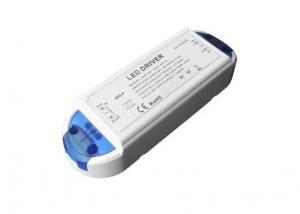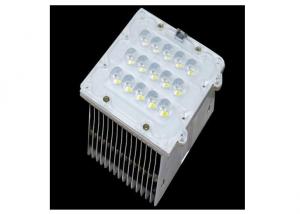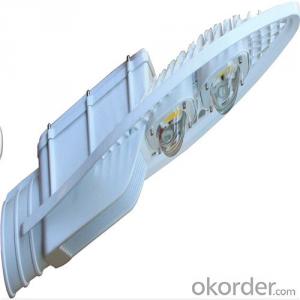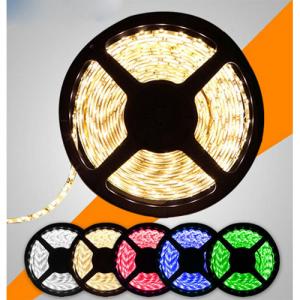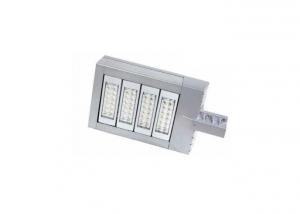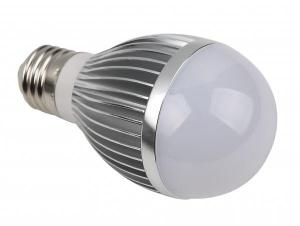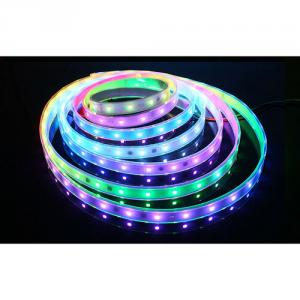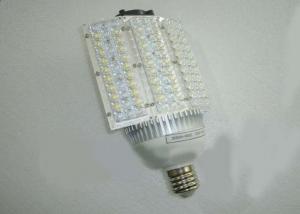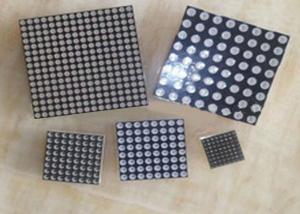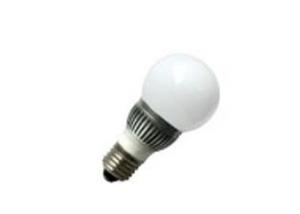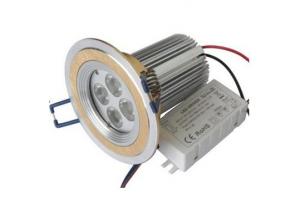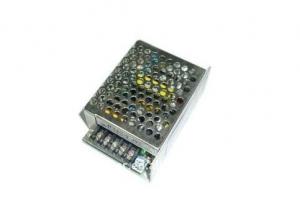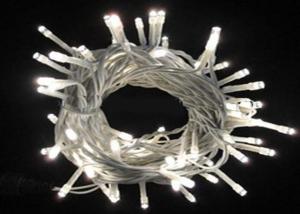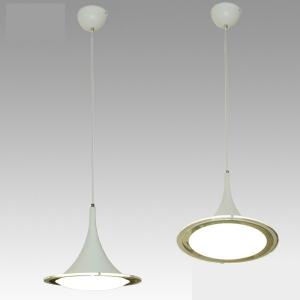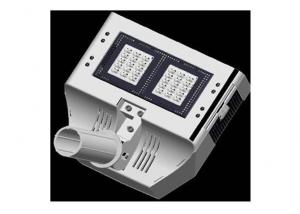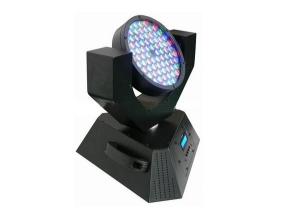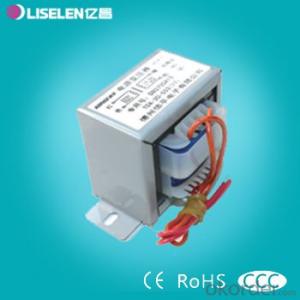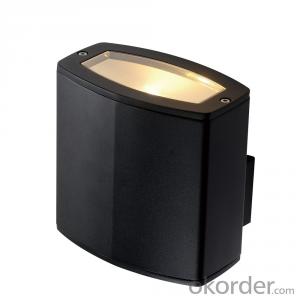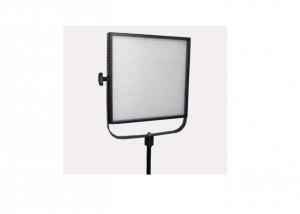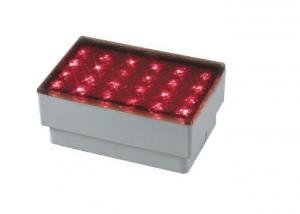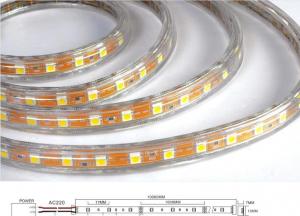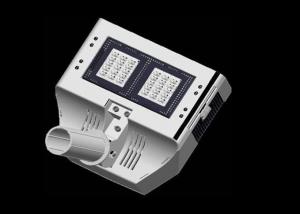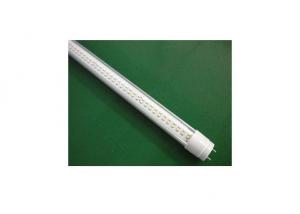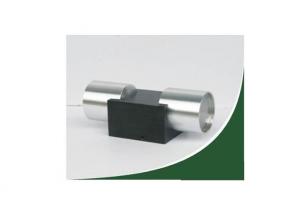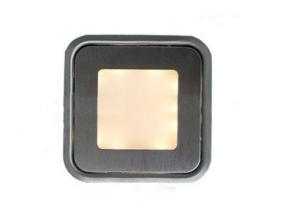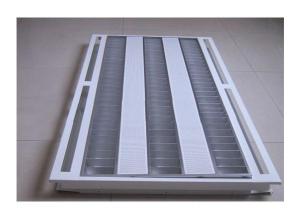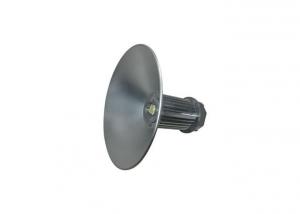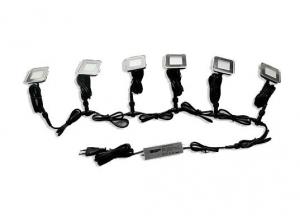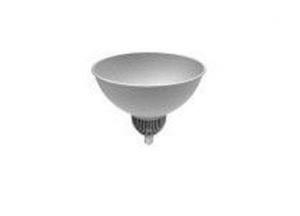Led Transformers Explained
Led Transformers Explained Related Searches
Led Electronic Transformer Led Dimmable Transformer Headlight Led Conversion Light Transformer Replacement Transformer For Light Fixture Transformer Landscape Lighting Switched Led Wall Lights Led Replacement Fixtures Led Headlamp Replacement 230V Led Lamp Circuit Diagram Mains Powered Led Lights Christmas Led Spotlights Led Lights For Christmas Large Led Light Fixtures Big Led Christmas Lights 230V Led Circuit Diagram Dimmable Led Wall Lights Led Dimmable Wall Lights Led Encapsulation Series Led Interior Home Lights Led Headlight Bulb Replacement Growing Under Led Lights Home Led Lighting System Led Lamp Circuit Diagram 230V Large Outdoor Led Lights Led Lights For Seedlings Led Light Circuit Diagram 230V Led Street Light Circuit Led Lights Interior Home Small Led Light FixturesLed Transformers Explained Supplier & Manufacturer from China
Led Transformers Explained covers a wide range of products designed to convert electrical energy into a suitable voltage and current for LED lighting systems. These transformers are essential components in ensuring that LED lights function efficiently and effectively, providing optimal illumination while minimizing energy consumption. They come in various types, such as constant voltage transformers, constant current transformers, and dimmable transformers, catering to different lighting requirements and preferences.The application and usage scenarios for Led Transformers Explained are vast, as they are utilized in numerous industries and settings. They can be found in residential, commercial, and industrial environments, powering streetlights, architectural lighting, and indoor fixtures. Additionally, these transformers are used in outdoor applications, such as landscape lighting and billboard illumination, as well as in emergency and safety lighting systems. Their versatility and efficiency make them a popular choice for various lighting solutions, enhancing safety and aesthetics while reducing energy costs.
Okorder.com is a leading wholesale supplier of Led Transformers Explained, boasting a large inventory of high-quality products to meet the diverse needs of customers worldwide. With a commitment to providing exceptional service and support, Okorder.com ensures that customers can find the perfect LED transformers for their specific applications, backed by competitive pricing and reliable delivery.
Hot Products
